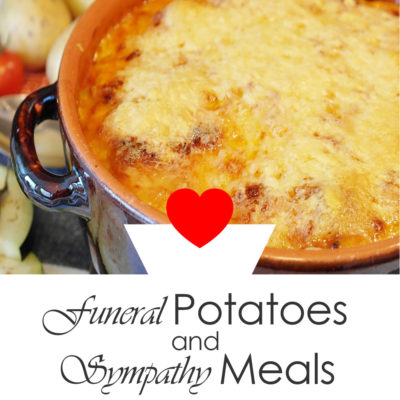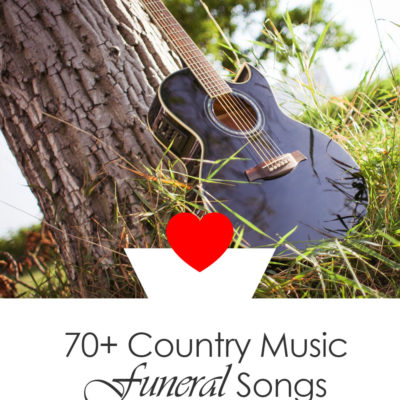Cremation Urns – What are they?
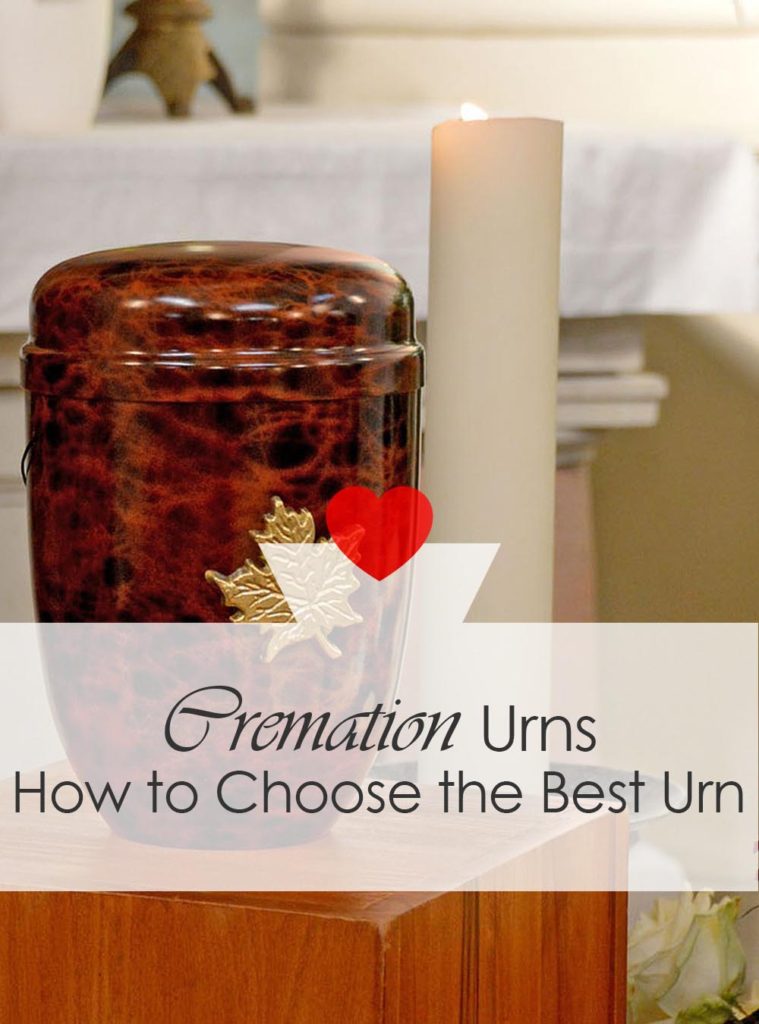
A cremation urn is receptacle to store cremation ashes. If you are having your loved one’s remains cremated, there are many choices for urns, whether the ashes are to be stored, displayed or scattered.
Cremation (or funerary) urns are the most common. However, there are so many choices for cremation urns, that choosing can be overwhelming. How do you choose a cremation urn? Is a cremation urn the only choice for the ashes of a loved one?
There are actually many choices for types of final resting places for ashes, depending on what you choose for storage, dispersal, or display. This will depend on your loved one’s final requests as well as your own comfort and intentions. The following points will hopefully help make these decisions clearer and help you choose an urn or other vessel for long or short-term keeping.
What to consider when choosing a cremation urn
There are several things to consider when choosing a cremation urn. Several decisions should be made prior to purchasing, including:
- What will be done with the remains
- How will the remains be stored, displayed or divided
- Materials desired for the cremation urn
- Urn design or style
- Cremation urn size
- Budget available for urn
Here are examples of different beautiful display urns
Where will the remains be interred?
First, determine what will be done with the ashes (or cremains) long-term. While many opt for a beautiful urn to display at home, there are several other options.
Display at home
For display at home, usually a beautiful urn is chosen that either fits in with the style of home, the style of the deceased, or reflects interests and hobbies of the deceased.
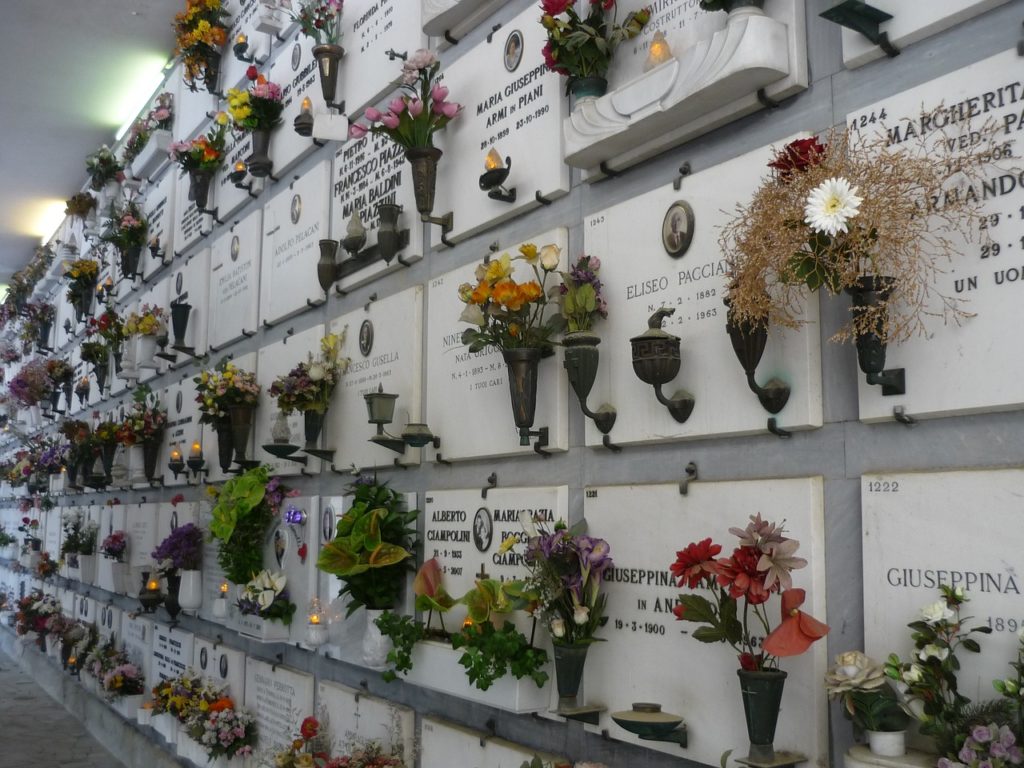
Storage in a columbarium
A columbarium is a building where you can store cremation urns. These can be public, and many cemeteries offer niches to store urns in. Some columbariums include lovely gardens or benches to make visiting pleasant. Usually there is a fee for funerary urn storage.
The niches may be open for urn display or closed. The niches often include a spot for a name engraving.
Often, columbariums have requirements for size of the urn. If you are choosing a columbarium for a final resting place, check with the facility to determine any requirements for the proper urn.
Burial
There are several options for burial of ashes. Ashes can be buried in a cemetery, an urn garden, on your own private property, or even on public property (with permission). When cremains are buried, they are usually buried within an urn. So, the urn chosen for burial should be able to withstand underground conditions.
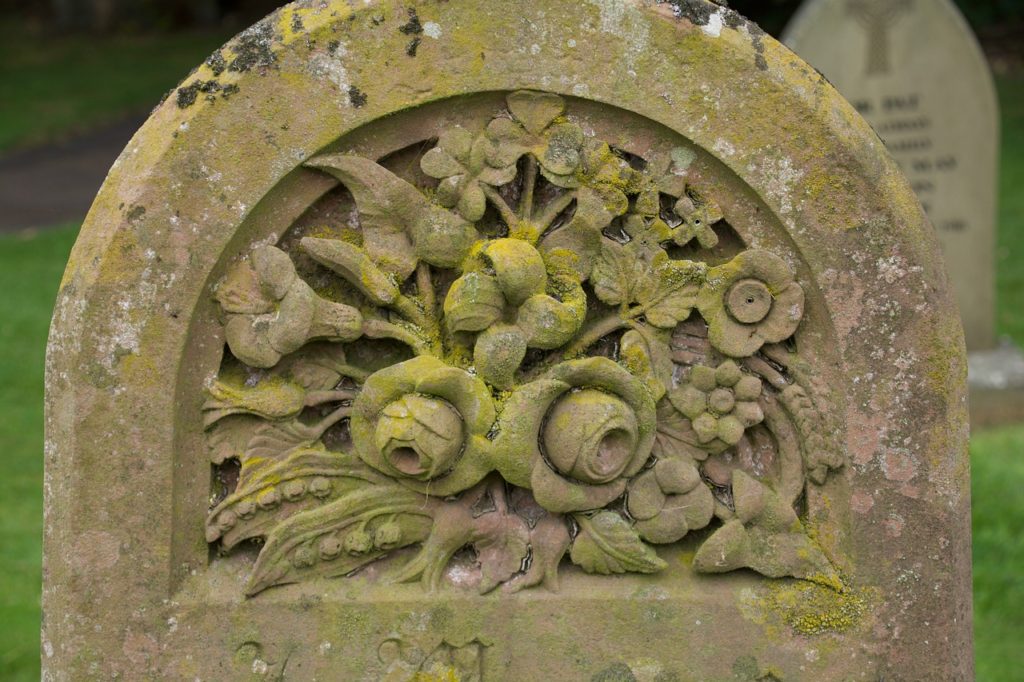
If burying in a cemetery or urn garden, be sure to check with the facility to determine any requirements for the urn. They may recommend metal urns such as brass. Or urns made from stone, such as granite or marble, or even man-made resilient materials such as resin may be a a good choice.
Another option for burial is to choose a bio-degradable urn. These will break down over time, and not be recoverable. However, they are a good, inexpensive and ecological choice.
Scattering
Cremains can be scattered on land, depending on local laws. Urns used for keeping ashes safe for transporting and for easily scattering ashes. These receptacles are usually temporary, less expensive and designed for short-term storage. They may have a place for engraving or printing or name and date.
Scattering urns are also easy to open and close to facilitate ashes removal. They often are lidded containers, with easily removable tops. They can be tubes or boxes, and usually made of paper, cardboard, wood, or other temporary material.
Burial at sea
While any scattering urn can be used to scatter ashes at sea, there are some urns that are specifically designed for water burial. These urns float for a few minutes, so that a short service might be held and people can scatter petals or flowers if they wish. Then the urn is designed to slowly descend, and gently release the ashes underwater as it sinks from view.
These urns should be biodegradable. Some are even very beautiful, lending themselves to lovely scattering ceremonies. You may also want to be sure they have a place to include names and dates of your loved one.
Many come with a warrantee for biodegradability. If using a ship to arrive at the ceremony site, you may need a copy of the warrantee for the ship’s captain.
Keepsake item
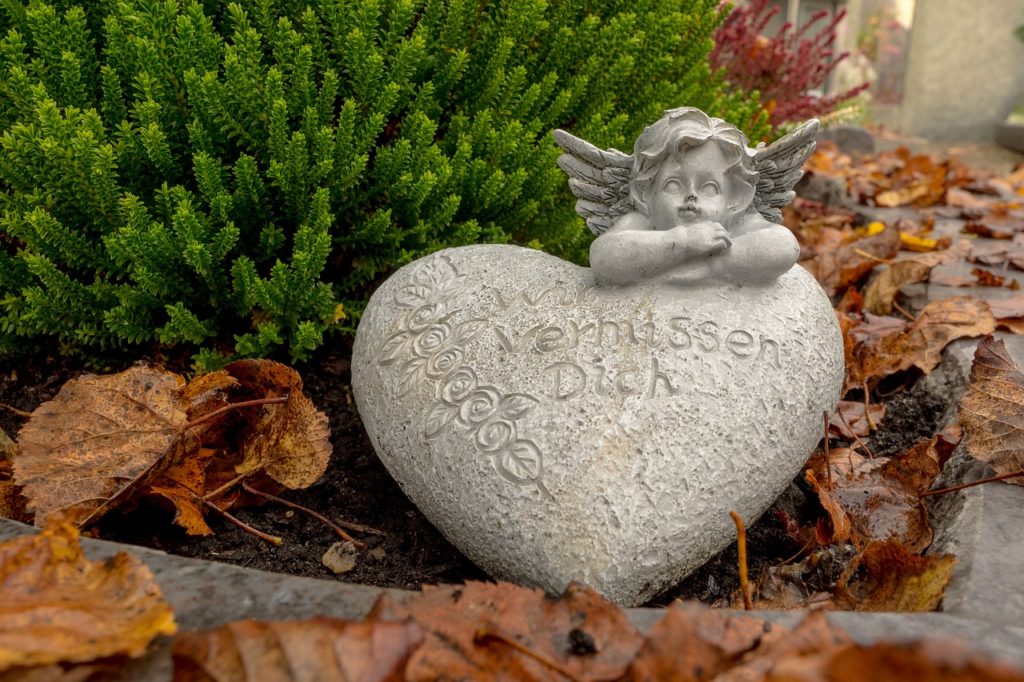
There are many options to keep ashes nearby in custom keepsake items now. These may include jewelry, rings, necklaces, glass balls, paperweights, lights, stained glass, or other beautiful items for wearing, carrying, or just viewing.
Some of these items only required a small amount of ashes. This is a lovely idea, as the ashes can still be scattered or stored in an urn, as well as kept close in the form of jewelry, or shared with other family members. Usually the keepsake items require 2-100 cubic inches of cremains.
Other
There are many options to ashes storage or dispersal. Ashes can be turned into a planter for a tree. You can either scatter ashes at the base of a special tree, or have the ashes turned in to a plantable container.
Material choices for cremation urns
The materials chosen depend on what will be done with the ashes long term. For display in the home, there are several choices. The choices depend on the look you or your loved one enjoy, cost, and availability.
Metal, stone and pottery urns are very durable and a good choice for burial. Metal urns include brass, aluminum, brass, steel, copper, and stainless steel.
Wooden urns can be beautiful and natural looking for display in the home. They would not make a good choice for burial or outdoor display, unless it is intended that they biodegrade over time.
Stone urns often include the choices between granite and marble. Granite can come in many colors and designs, and can be polished, engraved, or unpolished.
Another option is to choose an eco-friendly urn. These are designed to be temporary and will biodegrade over time. While these urns are not appropriate for a columbarium or long-term display, they may work well for burial on private property, if you do not want to retrieve them at any time. They also work well for scattering ashes or burial at sea.
Most urns, no matter the material, will have a place and option for engraving.
Cremation urn designs
You may wish to choose an urn based on the interests and hobbies of your loved one, or on beauty and design. There are many choices of urns based on design wishes.
Some examples of unique designs for urns include:
- Candle holder
- Clock
- Military
- Photo
- Golf
- Fishing
- Child
- Beaches
- Birds
- Angels
- Religious
- Teddy bear
- Horses
Sizes of cremation urns
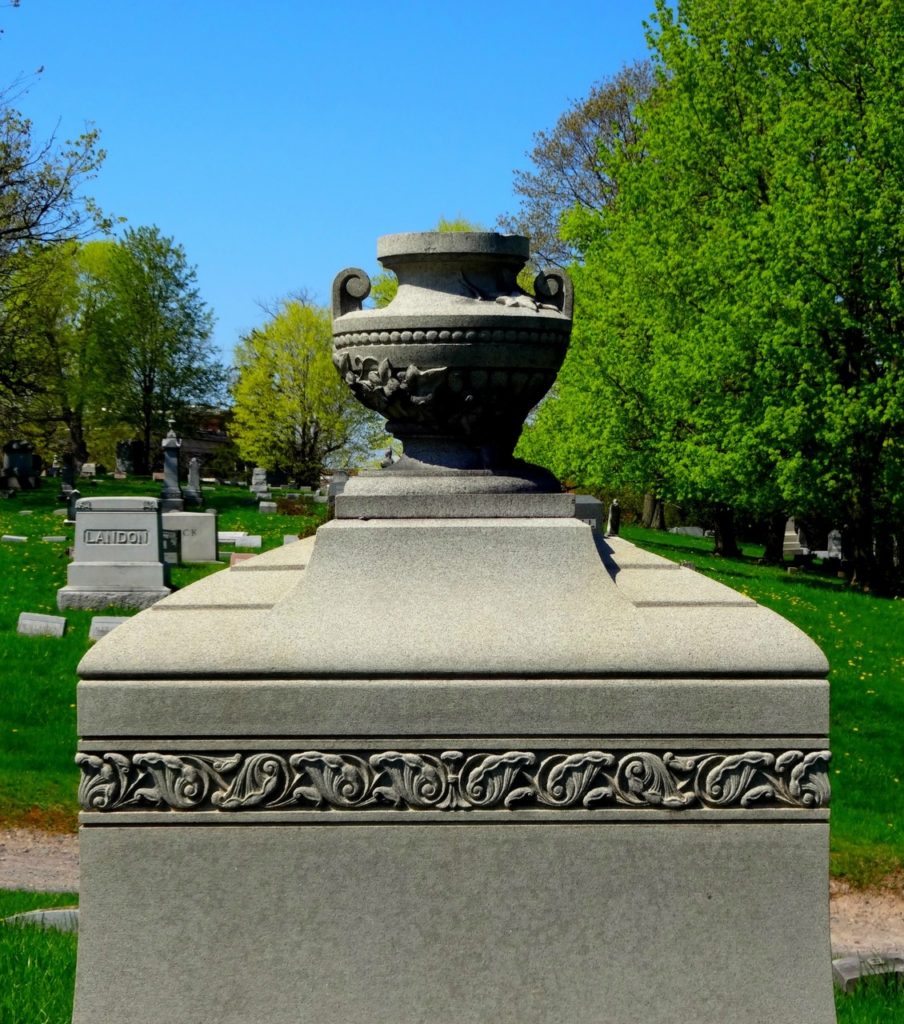
Most standard urns say they hold approximately 200 cubic inches. This is the appropriate size for an average size adult. Usually, urns require one cubic inch of storage space for one pound of body weight.
There are larger urns available. For instance, a 220 pound person would need an urn that is about 220 cubic inches. There are extra large urns available for very tall or larger framed individuals.If storing in a columbarium, they may have requirements for urn size, so it is best to check with them before purchase.
To be on the safe size, you may want to choose an urn slightly larger than the needed to avoid having the urn be too small for the ashes. Or you may want something smaller If you decide you can split some of the ashes in a keepsake.
There are also “Companion” urns or double urns available. These urns are designed tofit the ashes of two adult persons
Smaller infant and child urns are available. These can range in size from 12-80 cubic inches.
There are even urns for pets which can range from 30-85 cubic inches.
Funerary urn price ranges
Prices for urns have a very wide range, depending on material and intended use. Cremation urns can range in price from under $100 for smaller storage size and less expensive materials, to exquisitely beautiful carvings up to $10,000
About cremated remains
Remains are usually returned by the crematorium in a plastic bag. If you are using an urn, the ashes are kept in the plastic bag, and the bag is stored in the urn. That way no ashes are lost, and they are kept together. If you are uncomfortable doing this, the crematorium or funeral home may put the cremains in the urn for you, if you ask.
Cremains are safe for airplane travel. However, check with rules ahead of time, and bring the appropriate paperwork, so security does not have to open the container. It is best to carry the cremains in a temporary or travel urn that can be x-rayed. And the container should be stored in checked bags instead of carry on bags, to reduce the chance of them being opened.
For further information on traveling with cremated remains, please check all local and federal laws, beginning here: https://www.tsa.gov/travel/security-screening/whatcanibring/items/cremated-remains
What else can be stored in a cremation urn?
If you do not have the remains of your loved one, you can still have a display urn or item. The urn could be engraved with names and dates. Instead of ashes, other keepsake items could be stored in the urn, such as a photo or favorite small item.
Choosing a cremation urn – Final thoughts
There are many, many options for cremains storage. It is best to take your time to consider long-term storage, material, purpose, cost, and beauty. Hopefully you can choose something that will be a lovely remembrance and beautiful eternal resting place for your loved one.
For more about funeral planning, here are some more articles to check out:





















